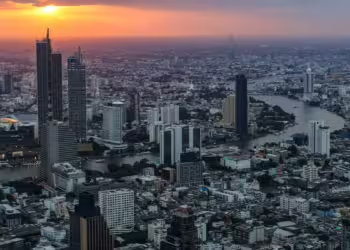No products in the basket.
An increase in food prices following the coronavirus pandemic has intensified concerns related to global food security. For emerging markets, this has further underlined the importance of regional cooperation and innovative solutions to help overcome the challenges.
– Global food prices rose to a seven-year high in January
– The FAO anticipates an imminent drop in cereal stocks
– Many emerging markets are facing mounting food insecurity
– Increased regional integration and tech developments offer lasting solutions
The Food Price Index, established by the UN’s Food and Agriculture Organisation (FAO) to track monthly changes in international food prices, rose for the eighth consecutive month in January, primarily as a result of Covid-19.
The index averaged 113.3 points in January, a 4.3% rise against December and its highest level since July 2014.
The FAO Sugar Price Index saw the steepest rise, at 8.1%. Behind this came the Cereal Price Index, at 7.1%. Notably, maize prices grew 11.2% and are now 42.3% above their January 2020 level. This can partly be attributed to high demand in China, which imported record levels of crops last year.
Meanwhile, the Vegetable Oil Price Index rose by 5.8% to its highest level since May 2012. Dairy and meat prices also saw increases of 1.6% and 1%, respectively.
The FAO also forecast an imminent decline in global cereal stocks, with cereal utilisation for the 2020/21 period projected to reach 2761m tonnes globally, an increase of 52m tonnes relative to the previous season.
Discover more from Thailand Business News
Subscribe to get the latest posts sent to your email.













